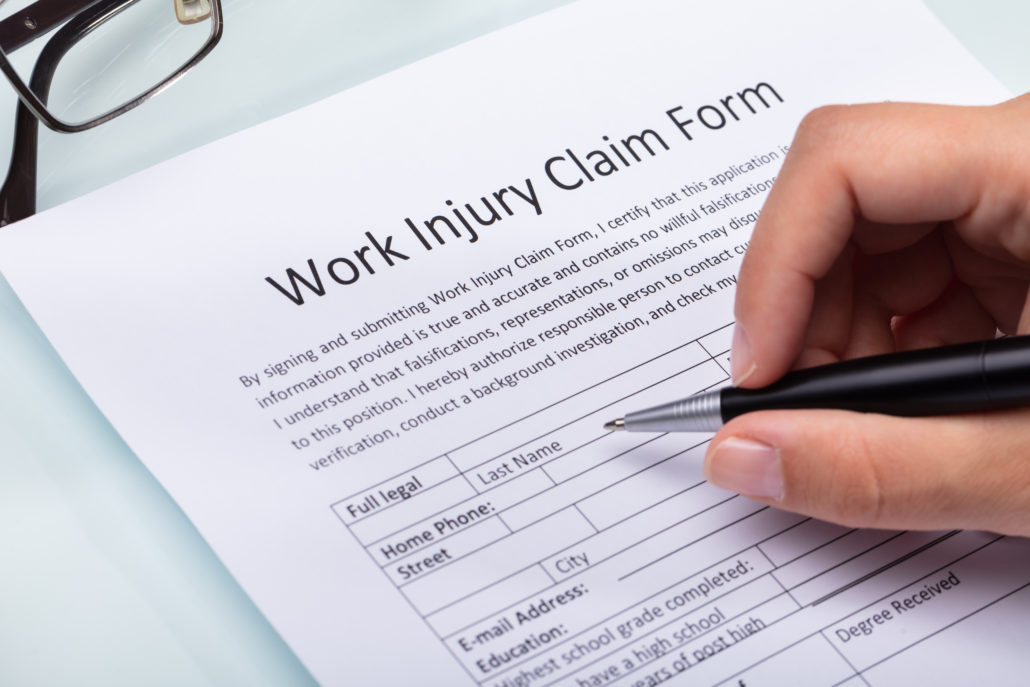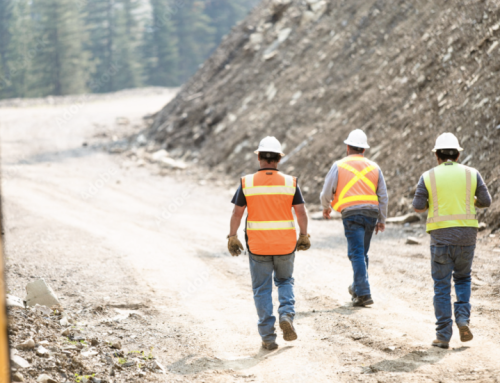Incidents are down. Now comes the hard part: Lowering your serious injuries and fatalities (SIFs)
October 2, 2019/by Barry Nelson
Congratulations! Your EMR, RIR, and DART rates are all down year over year, and across the board you’re doing a better job of eliminating days away from work and recordable injuries.
This is the payoff for your tremendous safety efforts and investments. You may even be one of those organizations blowing away industry averages. Unfortunately, I have some bad news.
In today’s workplace we are still killing as many people today as we did 10 years ago. Serious injuries and fatalities are not down; they’re not even budging. Why? It’s a complicated question that we can’t resolve in one blog post.
What we can do is share what we’ve learned from other world class organizations in your exact shoes. Below are a few areas where we’ve seen promising progress in reducing SIFs in the workplace.
Use videos to dramatically improve daily safety planning conversations
Today’s Pre-Task Plan and Job Hazard Analysis activities are problematic for a few reasons:
- Too much time is being spent filling out forms that don’t actually protect anyone, and which only come into play after an incident occurs.
- Field employees get stuck in unengaging morning routines, thoughtlessly going through the same unproductive pencil-whipping routines day after day.
Little to no time is spent on discussing actual job hazards and how they will be minimized for those closest to the work.
Instead of focusing on paperwork, why not enrich the process with video PTPs and JHAs that allow foremen and tradesmen to capture and share a 2-minute video of a conversation detailing job site hazards, which can be shared immediately with safety and project teams? There’s a tool for that.
Apply artificial intelligence to unstructured data
We’re seeing great results from applying Artificial Intelligence (AI) capabilities to field observations, inspections, and pre-task plans.
Using Natural Language Processing to analyze the images and videos of daily planning conversations, instead of filling out forms, is uncovering greater insights and actionable information for improving safety behaviors. Forget line graphs, the dawn of embedded real-time videos has arrived!
Augment safety professionals with devices, cameras, and sensors
People are capable of solving complex interpersonal challenges in ways that AI and automated processes can’t yet hope to achieve.
Augmented by AI-powered systems like wire-free cameras and sensors, your crew can add an additional layer of intelligence to situational conditions, locations, and everything else that needs to be recorded automatically while working in harmony with existing field observation and follow-up processes.
This isn’t about replacing people with automated systems, it’s about replacing the need for human intelligence to carry out meaningless work. Rather than distracting worksite professionals with mundane tasks, automated reporting gives them the time and space they require to focus their efforts where they’re needed most—reducing serious accidents and fatalities.
Use wearables to analyze risk in human motion
SIFs have some indicators that can be engineered out, but when it comes to human activity, most companies don’t have the means to measure better approaches.
Wearable devices are removing the barriers to tracking human motion and allowing us to analyze subtle yet impactful behaviors that have otherwise been impossible to follow.
By pairing off-the-shelf wearable watches, headwear, and more with AI systems, organizations can now study and understand the relationship between the movement of their industrial athletes, and their respective safety and production outcomes.
Putting new methods into practice
Lowering your serious injuries and fatalities is a noble and serious undertaking that has stymied many organizations.
By leveraging emerging technologies and AI capabilities, we empower our crews to not only minimize the amount of meaningless paperwork they do in the name of safety, but to truly understand and mitigate their risks for SIFs.
It’s time to think out of the box, to push ahead and tackle this vexing challenge head on! Contact us today!






